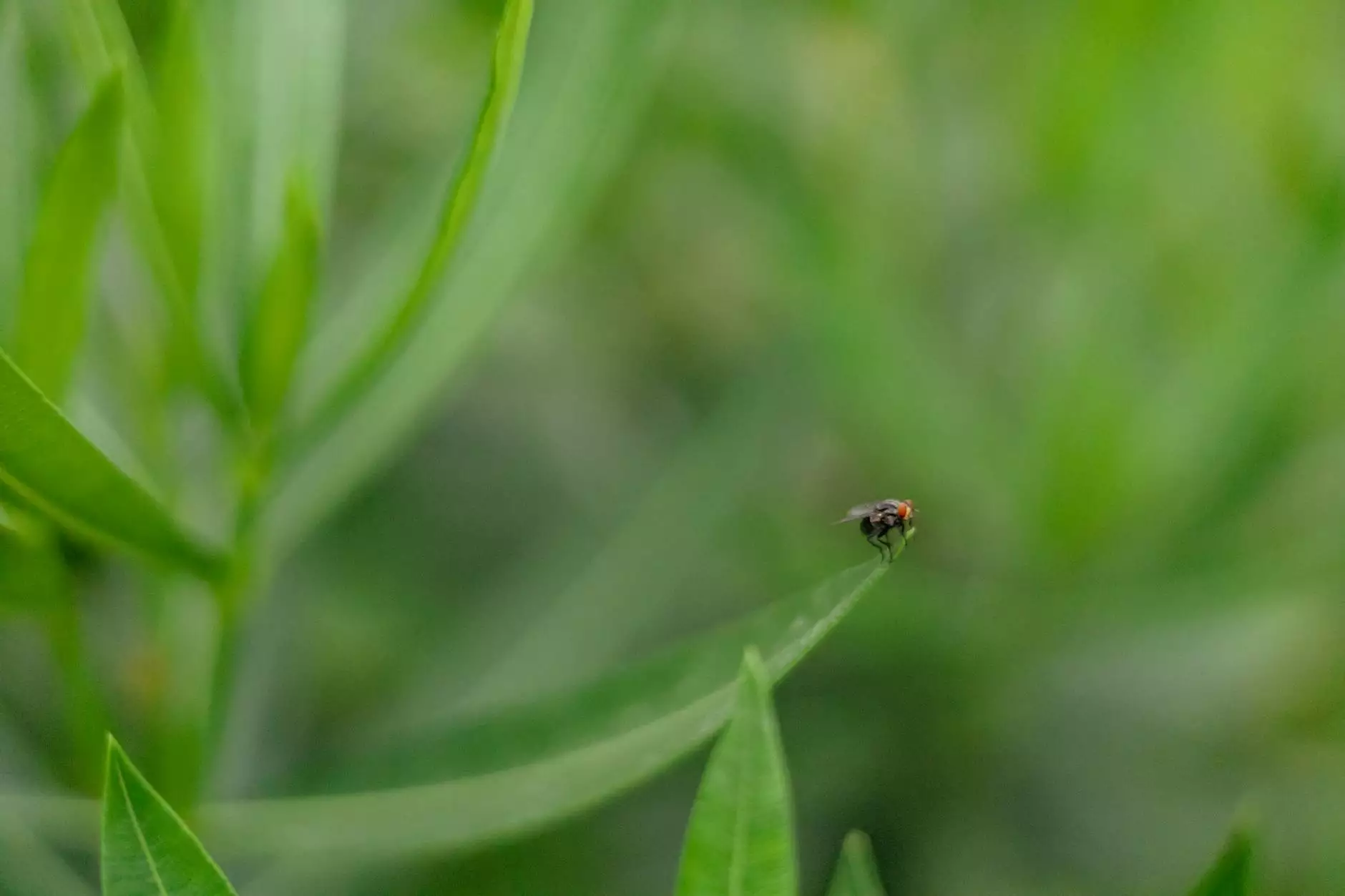Corn Weevil Control: Safeguarding Your Crop from Destruction

Understanding Corn Weevils
Corn weevils, scientifically known as Sitophilus zeamais, are a significant pest for farmers and grain handlers alike. These tiny, yet destructive insects primarily target corn and other grains, causing substantial economic losses. Their ability to infest stored grains poses serious challenges, making corn weevil control crucial for maintaining crop quality and yield.
Biology and Behavior of Corn Weevils
The corn weevil is characterized by its elongated snout and is often brown or grey in color. Adult weevils typically measure around 3 to 5 mm in length. They are known for their reproductive capabilities, as a female can lay up to 400 eggs during her lifespan, which can last several months under favorable conditions.
Understanding their lifecycle is key to effective corn weevil control. They undergo complete metamorphosis, transitioning from eggs to larvae, to pupae, and finally to adult weevils. This life cycle typically ranges from 3 to 4 weeks under optimal conditions, allowing populations to explode rapidly if not managed effectively.
Signs of Corn Weevil Infestation
- Presence of Holes: Small puncture holes on the grain surface are a clear sign of corn weevil activity.
- Powder Accumulation: A fine powder near the infested grains, produced from the larvae feeding, indicates a significant infestation.
- Adult Weevils: Spotting adult weevils crawling on stored grains or packaging is a direct indication of a problem.
- Damaged Grains: Look for grains that are hollow or significantly reduced in weight.
Regular monitoring of stored grains can help in early detection, allowing for quicker implementation of corn weevil control measures.
Effective Corn Weevil Control Strategies
Controlling corn weevils requires a comprehensive approach that combines various strategies to ensure the safety and quality of your grain. Here are some effective techniques:
1. Proper Grain Storage
Utilizing clean, airtight storage bins is essential for preventing infestations. Ensure that any grains are thoroughly cleaned and dried before storage. Moisture content should be below 13% to inhibit weevil growth.
2. Regular Inspection
Conduct regular inspections of stored grain to identify any signs of infestation early. This proactive measure allows for the quick application of control methods, reducing the potential spread.
3. Insecticides and Treatments
When infestations are identified, consider using insecticides specifically formulated for grain pests. Always follow the manufacturer’s instructions and safety guidelines when applying chemical treatments. Some effective options include:
- Pyrethrins: Derived from chrysanthemum flowers, these are effective in killing adult weevils.
- Diatomaceous Earth: A natural product that suffocates weevils on contact.
- Biorational Insecticides: Products based on natural ingredients that selectively target pests without harming beneficial insects.
4. Temperature Control
Reducing the temperature of the storage area can effectively inhibit weevil activity. Ideally, temperatures below 50°F (10°C) should be maintained. Additionally, consider using a deep freeze, as low temperatures can kill both adult weevils and larvae.
5. Biological Control Methods
Implementing biological control agents, such as beneficial insects or microorganisms, can offer a sustainable way to manage corn weevil populations. For example, Trichogramma wasps can parasitize weevil eggs, significantly reducing their numbers.
6. Fumigation
For significant infestations, fumigation may be necessary. This process involves using gas to eliminate pests but should only be performed by trained professionals due to the risks involved.
The Importance of Integrated Pest Management (IPM)
Implementing an Integrated Pest Management (IPM) strategy is crucial for sustainable corn weevil control. IPM combines various control methods tailored to your specific situation. Effective IPM strategies include:
- Monitoring and Assessment: Regularly assess the pest population and damage levels to determine your control strategies.
- Threshold Levels: Establish thresholds to decide when action is necessary based on the economic impact of infestations.
- Prevention: Focus on preventing infestations through proper agronomic practices and storage conditions.
- Control Methods: Use a combination of mechanical, biological, cultural, and chemical methods to manage pests without relying solely on chemicals.
Conclusion
Effective corn weevil control is essential for farmers looking to protect their crops and investment. By understanding these pests' biology and habits and implementing a comprehensive control strategy, particularly through IPM, farmers can mitigate the risks associated with corn weevils. Collaboration with agricultural professionals and continued education on best practices can further enhance your ability to combat these infestations.
At TSGC Inc, we are dedicated to supporting farmers through quality farming equipment and farm equipment repair services. Our commitment to sustainability and excellence ensures that you have the tools and knowledge you need to successfully manage your agricultural challenges, including efficient strategies for corn weevil control.
For more information about our services, visit our website at TSGC Inc.









